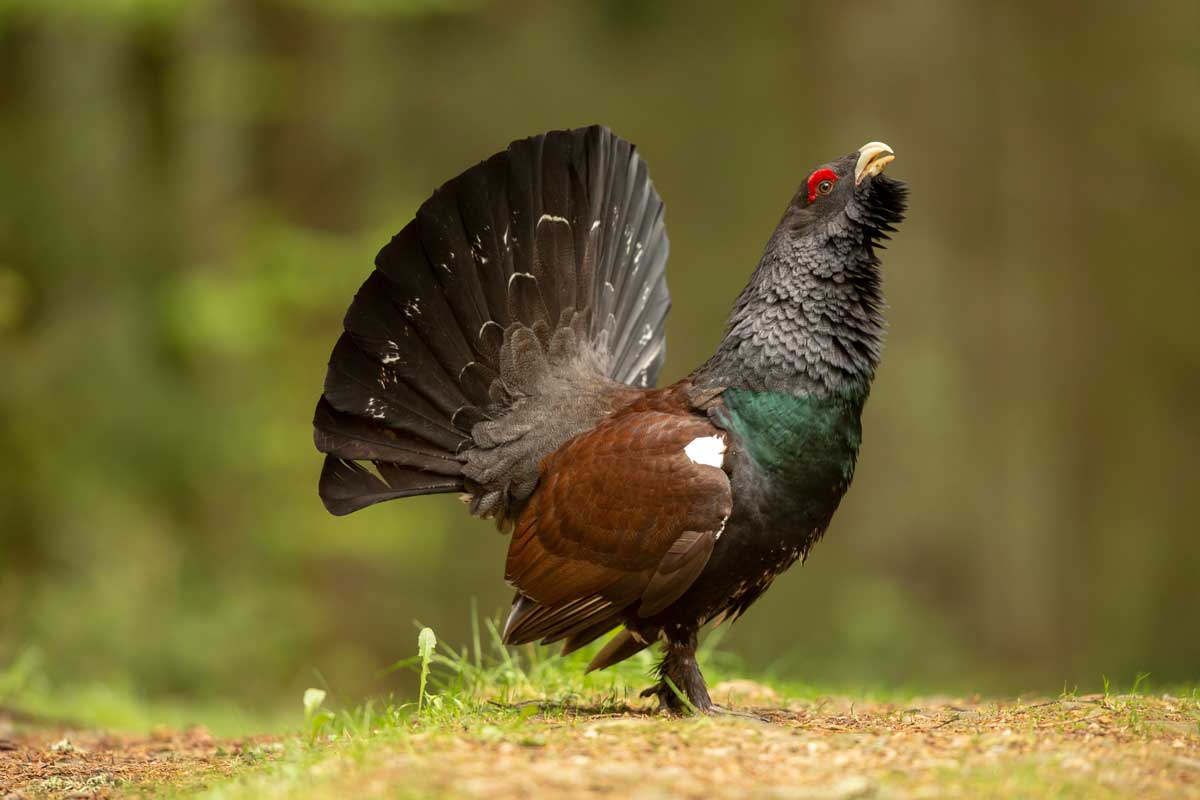
grouse
Due to its impressive appearance and special courtship behavior, the capercaillie is not only a symbol of untouched forest landscapes, but also an important indicator of healthy, old forest ecosystems. Its preservation is therefore of ecological importance.
grouse Products
-
Animal display capercaillie
Regular price From 59,90€Regular priceUnit price / per -
Animal stand capercaillie - outdoor set
No reviewsRegular price 67,70€Regular priceUnit price / per -
Animal set - forest birds
Regular price 329,90€Regular priceUnit price / per369,90€Sale price 329,90€Sale
Profile: grouse
-
Scientific classification
- Class: Aves (birds)
- Order: Galliformes (gallinaceous birds)
- Family: Phasianidae (Pheasants)
- Genus: Tetrao (Grouse)
- Species: T. urogallus (Capercaillie)
-
Physical characteristics
- Size (male): 74-90 cm long
- Size (female): 54-60 cm long
- Weight (male): 3.0-6.5 kg
- Weight (female): 1.5-2.5 kg
- Wingspan: 70-125 cm
- Plumage: Males with black-blue shimmering plumage with white accents; females in camouflage brown
-
Habitat and distribution
- Common regions: From the forests of Europe to Asia
- Habitat: Prefers dense old coniferous forests with clearings
- Adaptation: Adapted to cold and temperate climates
-
Nutrition
- Diet Type: Herbivore
- Food: buds, leaves, needles, fruits and seeds
-
Reproduction and lifestyle
- Mating season: March to May
- Nest building: ground nests
- Number of eggs: 5-12 per brood
- Breeding behavior: Female breeds alone, protects the breeding site from predators
-
Lifespan and protection status
- Life expectancy: Up to 13 years in the wild
- Endangered status: Endangered by habitat loss and hunting
- Protection measures: nature reserves and hunting restrictions



